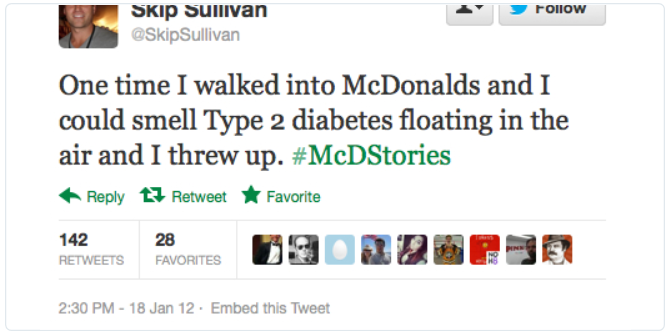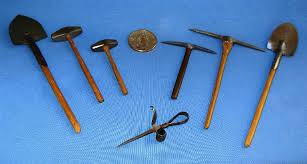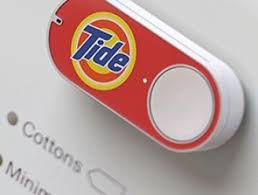One More Social Media Don’t.
I posted a presentation on SlideShare called “Social Media Guard Rails,” that was created for a Social Media Club of Long Island in 2011. Its subtitle was “14 Dos and Don’ts.” Good strategy work is timeless and future proof, but only a fool would say things don’t change. As I reread the 14 points I stick by them all. There is one new “Don’t” I’d like to add at this point which was born out of the law profession:
“Don’t ask questions you don’t know the answer to.”
Many managers of social media programs like to engage audiences by asking questions. Ask a good, funny, category-endemic question, the logic goes, and you’ll engage people. You’ll start a conversation. When Ronzoni asks “What’s your favorite healthy pasta dish?,” the sharers will share and you get some SoMe traction. By caring about what customers care about, you’re in a positive ballpark.
But if the questions are too open-ended you may get McDonalded. They asked followers to tell stories about McDonalds using hashtag #McDStories — and it didn’t work out so well.
If you have a brand strategy (One claim, 3 proof planks), and manage your social media program with the intent of putting deposits in the brand bank, you should be okay. Then, you will be asking questions you know the answers to (ish).
Peace.




